Bright sparkles for new year’s

Champagne has been on a high over the past 10 years, becoming the weekend drink of choice with young professionals
8 December 2008
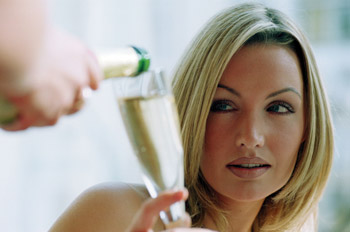 For the past decade, Champagne has been on a roll. Young professional people, commanding salaries their parents could never have dreamed of, have turned it into a regular weekend drink, frequently persuading others too to view the wine as something not just for weddings and christenings. The result is that until recently sales have risen steadily in virtually all markets. The soaring popularity of pink Champagne has been another godsend. Several Champagne houses price their non-vintage pink at a higher level than some of their (often much better) vintage wines. It has been a wonderfully profitable sector of the market, very susceptible to clever, style driven marketing in the pushing up of sales.
For the past decade, Champagne has been on a roll. Young professional people, commanding salaries their parents could never have dreamed of, have turned it into a regular weekend drink, frequently persuading others too to view the wine as something not just for weddings and christenings. The result is that until recently sales have risen steadily in virtually all markets. The soaring popularity of pink Champagne has been another godsend. Several Champagne houses price their non-vintage pink at a higher level than some of their (often much better) vintage wines. It has been a wonderfully profitable sector of the market, very susceptible to clever, style driven marketing in the pushing up of sales.
Until very recently, Champagne trade players remained bullish. With sales apparently rising into infinity, producers began to plan for an expansion of their regional AC. A professional committee has recommended the admission of no less than 40 new zones into the delineated area of production and appeals have already been launched by districts aggrieved by their exclusion from the provisional list. No one knows what the final total of extra Champagne acreage will be but it is certain that a hefty increase in bottle numbers will be the result, without, the Champenois hope, an accompanying reduction in wine price.
Or such was the plan until just a couple of months ago. The first cloud on the horizon was the realisation that Champagne exports to the USA actually slowed through 2007. By January 2008 monthly sales were down 33% on January 2007 and there was a further fall of 22% through the first half of the year. Next came the awareness that there was a sharp disparity between the increase in the price of Champagne grapes – almost 5% – and the fall in Champagne sales in four major export markets, by over 16%.
A sharp fall of over 4% in French supermarket sales has also been recorded since the summer. In the UK sales seem to have slipped by about 7% recently, according to anecdotal information; the measured rate is around 4% for the first half of 2008. In a sector where aggressive marketing is a significant cost input, it is possible that the price quality ratio has become an issue for consumers as they seek increased value in straitened times.
It could be that the Champenois won’t be needing all those extra hectares just yet. For the consumer, a recent fall in sur latte (Champagne in bottle but not yet disgorged) prices should mean a softening in shop prices soon, maybe in time to see some added value to the customer by Christmas. So at a season when we could do with an extra bit of sparkle, here are some suggestions for seeing in the New Year. Prices approximate retail.
Charles Heidseck Brut Reserve (Barry Fitzwilliam Maxxium €38). Subtle evolution evident in the soft, nutty yellow fruits and rich toastiness.
Laurent Perrier 1998 (Gilbey €55). Soundly delivered stuff with fine apple and citrus flavours enriched with subtle toast. It is €13.50 (trade) less than the nv Rose Brut.
Delamotte Brut nv (Cassidy €40). I tasted this last summer and it was a wonderfully refreshing aperitif with lots of zesty citrus yet with a riper yellow fruit character beneath
Deutz Classic nv (Febvre €45). Always a very elegant nv with a firm citrus streak and gentle hint of toast. Lovely with fresh prawns or cold salmon.
H. Blin Brut Premium nv (Superquinn €24). This isn’t available at independents but if you are looking for something to pop at a reasonable price, it’s a decent choice.



 Print
Print

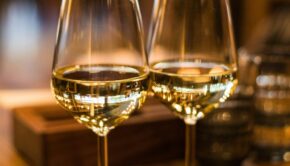
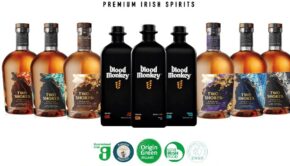
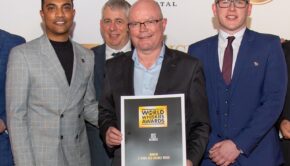
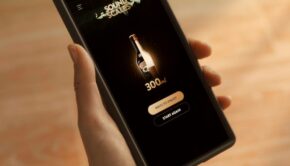

Fans 0
Followers